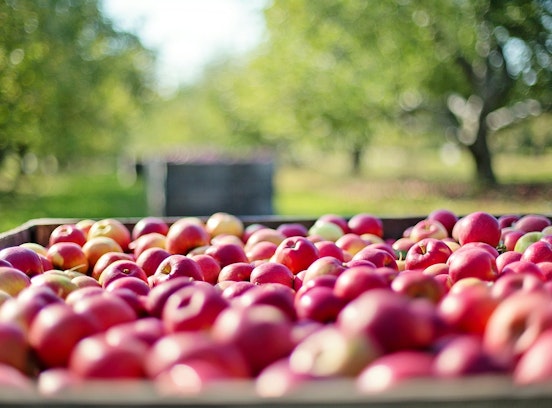HIPPA
Hyperspectral imaging for the detection of physiologically and parasitically induced damages on apple fruit at harvest and during postharvest
- Deutsch
- English
- Italiano
- Project duration: -
- Project status: ongoing
- Funding: FESR (EU funding / Project)
- Institute: Center for Sensing Solutions
For the control of plant diseases, a reliable determination of the cause or type of pathogens is crucial. Ideally, diagnostic methods should be easy to apply, provide fast results, and be suitable for high-throughput applications. The goal of the project is to develop a non-destructive and automated classification system for identifying diseases in apple fruits based on hyperspectral image analysis. The focus will be on diseases and physiological disorders that can affect apple fruits during and after harvest or during storage.
Hyperspectral imaging captures a variety of spectral bands, offering a more detailed representation compared to classical RGB images. Hyperspectral images of fruits exhibiting different disease patterns are captured using hyperspectral cameras with various sensitivities (e.g., in the range of 350 nm to 2500 nm) in collaboration with the Center for Sensing Solutions at EURAC Research and the technology company MiCROTEC. Inoculations are performed with precisely determined and characterized isolates of fungal pathogens occurring in South Tyrol, and the symptom development on each fruit is documented over time. Physiological disorders must be induced and validated through specific production conditions and storage factors. The series of images aim to prove the concept that hyperspectral imaging is suitable for detecting diseases and disorders in their early stages and distinguishing individual pathogens from each other.
The obtained datasets will be used to train a hyperspectral image classifier for the detection of diseases in apple fruits since hyperspectral imaging requires deep learning methods to extract spatial and spectral information. As the diagnosis of diseases and physiological disorders is intended for human users as well, these data will be incorporated into a decision support system for the diagnosis of post-harvest diseases of apples. For this purpose, the decision support system DSSApple, developed in a previous project, will be further enhanced. In addition to hyperspectral images, expert diagnoses will also be integrated into the system. Ultimately, the system should be capable of providing specific recommendations for measures to reduce food losses and waste along the production and supply chains, thereby promoting sustainable production pathways. This project lays the groundwork for the potential development of specific sensors that could be used in harvesting robots or sorting machines.


